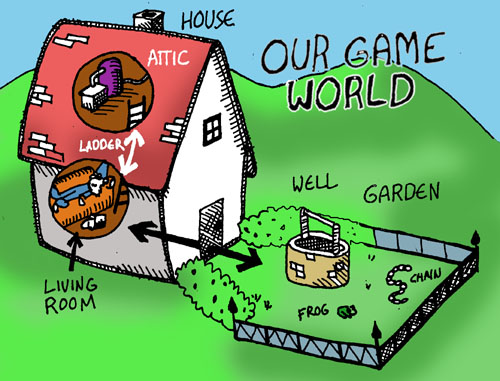|
You may be wondering why the command is called setq.
It does have to do with "setting" values to variables,
but you'll find that a lot of the commands in Lisp have
quirky names, since Lisp is such an ancient language.
This is actually somewhat useful, since the Lisp versions
of common commands have all kind of elegant powers unique
to Lisp and therefore the wacky names prevent confusing
vocabulary when comparing commands in Lisp to commands
in other languages. The setq command, for instance,
has all kinds of clever abilities that we won't even have
a chance to touch on in this tutorial.
|
